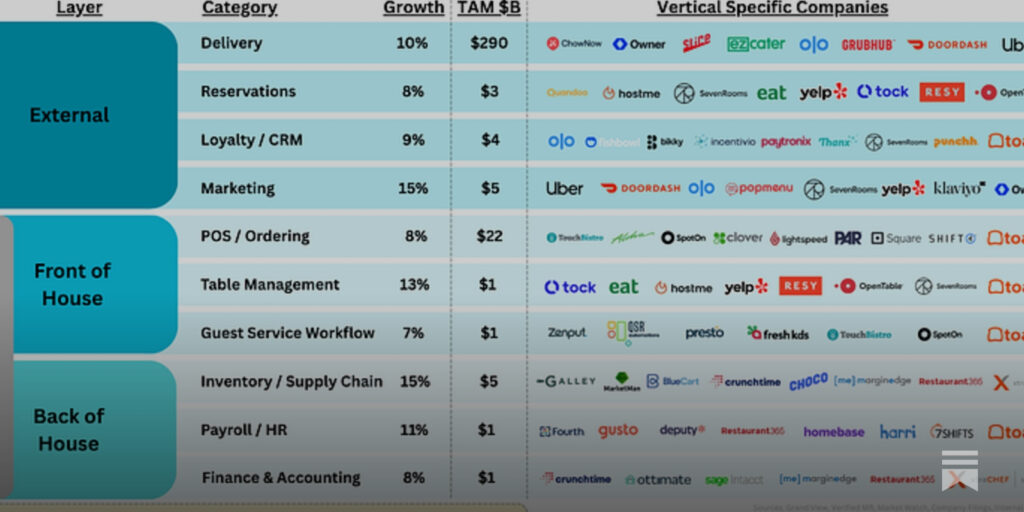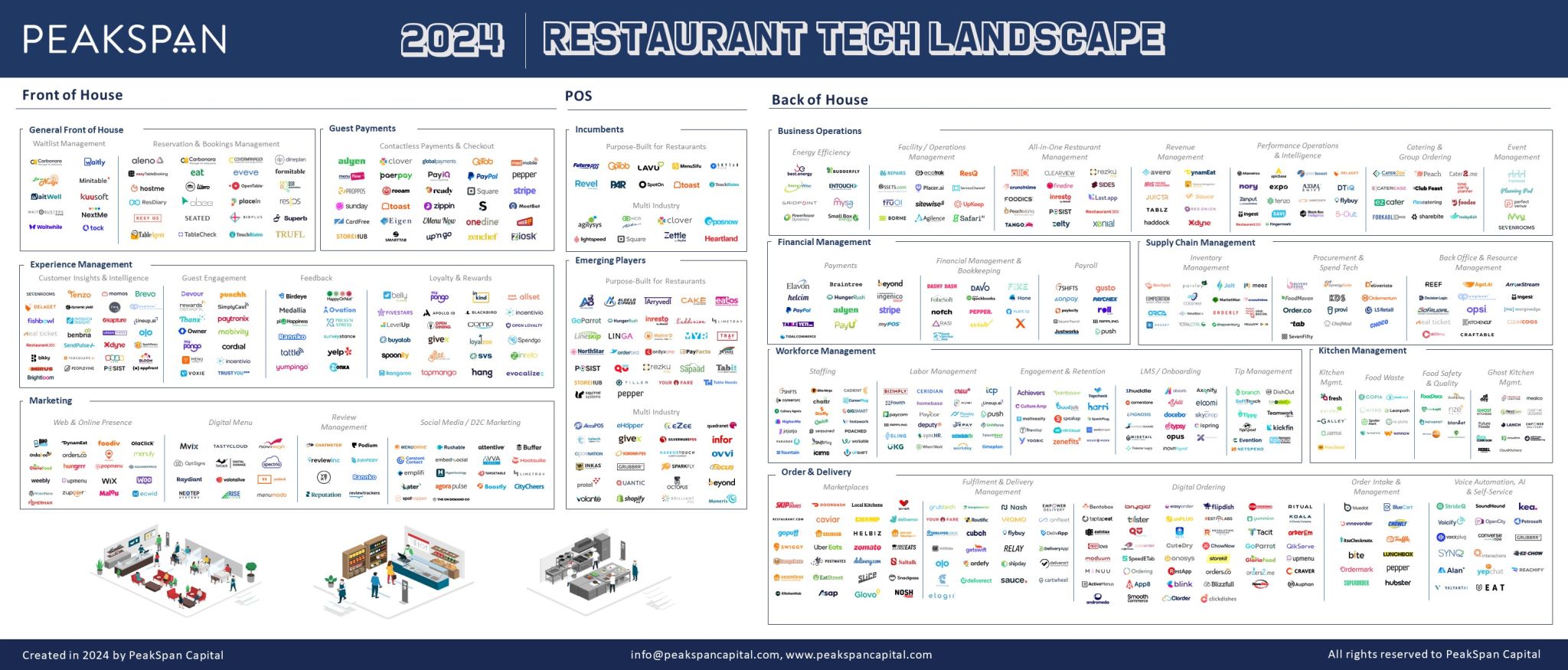By Robert W. Kuypers | KuypersCreative.com
Introduction: The Walk-in Cooler Analogy
Every restaurant has that cooler. You know the one—where the lettuce is suffocating under a tray of raw chicken, someone left half a lime in a Cambro, and there’s a mystery sauce container that might pre-date Y2K.
Now imagine your restaurant tech stack. POS system from 2012. A loyalty app you never activated. Delivery tablets stacked like Jenga. An Excel sheet that only “Mike the AGM” knows how to update.
Congratulations—your tech stack is officially messier than your cooler. And unlike spoiled lettuce, a spoiled tech strategy costs you more than a few bucks. It bleeds labor hours, loses sales, and confuses guests.
At Kuypers Creative, we help operators clean, consolidate, and optimize their tech stacks so they drive sales—not migraines. Let’s talk about why it matters, and how to fix it.
Signs Your Tech Stack Is a Hot Mess
- Tablet Nation: You’ve got four delivery platforms and three printers, each spitting orders in different languages like the Tower of Babel.
- Subscription Surprise: You’re paying $400/month for a Wi-Fi marketing service that no one remembers signing up for.
- POS PTSD: Staff openly groan when asked to clock in. Guests wait while screens freeze.
- Data Black Hole: You collect emails but never send a campaign. You gather loyalty points but can’t track redemptions.
- The Forgotten Login: At least two platforms are completely inaccessible because no one remembers the admin password.
Sound familiar? Don’t worry—you’re not alone. But also…ouch.

Why It Matters
Restaurants today aren’t just food service businesses—they’re tech-enabled guest experience platforms (say that three times fast).
If your systems don’t talk to each other, you’re losing:
- Money (duplicate fees, wasted subscriptions, bad forecasting).
- Time (staff toggling between screens instead of serving guests).
- Guests (a clunky ordering system is a loyalty killer).
The goal isn’t to have the most tech. It’s to have the right tech, integrated seamlessly.
How to Audit & Streamline Your Tech Stack
Step 1: Inventory Everything
Make a list of every system, subscription, or app you’re paying for—even the ones collecting dust.
Step 2: Calculate ROI
For each, ask:
- Does this system increase revenue?
- Does it lower costs or labor?
- Does it improve guest experience?
If the answer is “meh,” you know what to do.
Step 3: Consolidate Vendors
Many modern platforms handle multiple functions. Your POS might already include loyalty, marketing, and reporting tools—you just never turned them on.
Step 4: Optimize for Data Flow
Every system should feed data into a central source (POS, CRM, or data warehouse). Siloed data is useless data.
Step 5: Train & Enforce Usage
A Ferrari is useless if your staff only drives it in first gear. Train, monitor, and reinforce.
Real-World Example
One multi-unit fast casual brand came to us juggling:
We consolidated their POS, built a unified CRM, and cut redundant vendors. Result?
- Saved $60,000/year in subscriptions
- Cut training time by 50%
- Increased loyalty redemptions by 40%
The Kuypers Creative Approach
At Kuypers Creative, we’ve spent 30+ years in restaurants—front to back of house—and we know how to marry operations with technology.
We don’t just recommend systems. We:
- Audit your current tech stack
- Benchmark against industry leaders
- Negotiate vendor contracts
- Train staff for adoption
- Track ROI and guest impact
Our goal: make tech invisible to you, but invaluable to your business.
Humor Break: If Tech Stacks Were Menu Items
- POS spaghetti (lots of noodles, zero cohesion)
- Loyalty soup (ingredients missing, but someone insists it’s “working fine”)
- Analytics mystery meat (nobody knows what’s in it, but it’s been there since 2008)
Q&A
Q: How often should I audit my tech stack?
A: At least once a year. New vendors and integrations emerge constantly—what worked in 2022 may be outdated by 2025.
Q: What’s the #1 cost drain in most tech stacks?
A: Redundant subscriptions and delivery platform fees. Most operators pay for things they don’t even use.
Q: Is switching POS worth the pain?
A: If your staff groans at clock-in, yes. The operational lift of modern systems pays back quickly in speed, upselling, and guest satisfaction.
Q: What if my managers resist new systems?
A: Train them by showing how tech makes their lives easier. Time saved on admin = more time leading teams and delighting guests.


